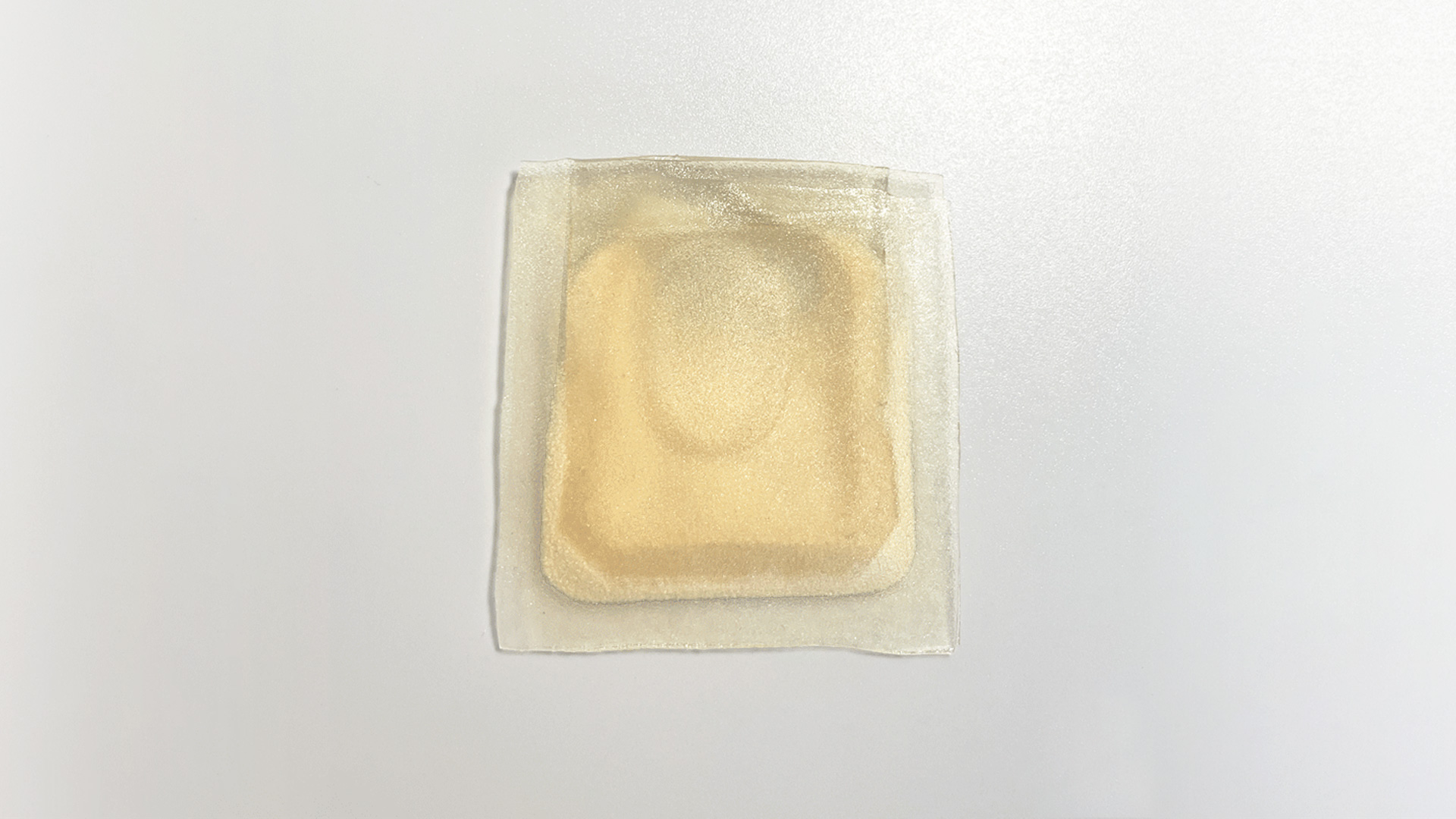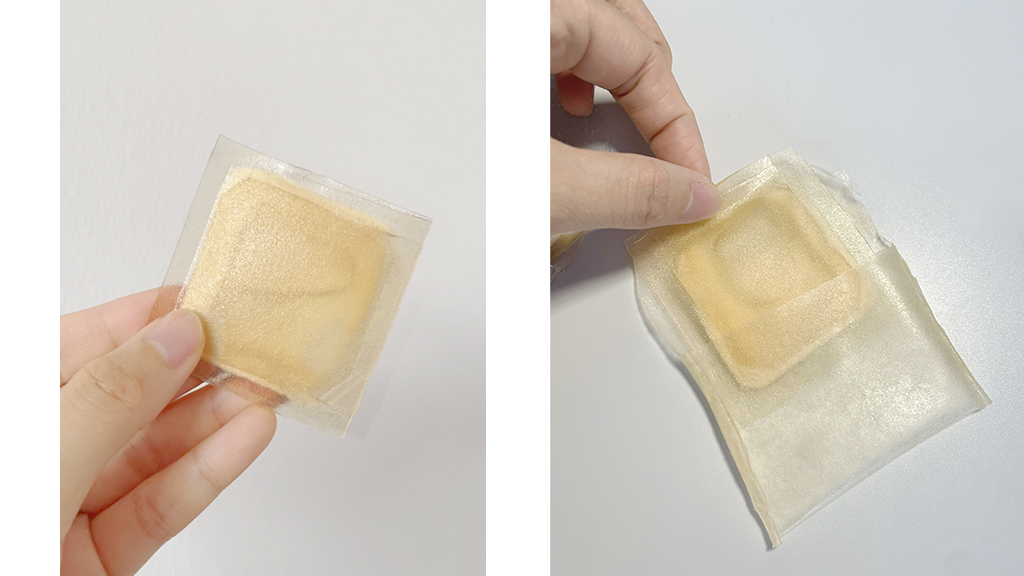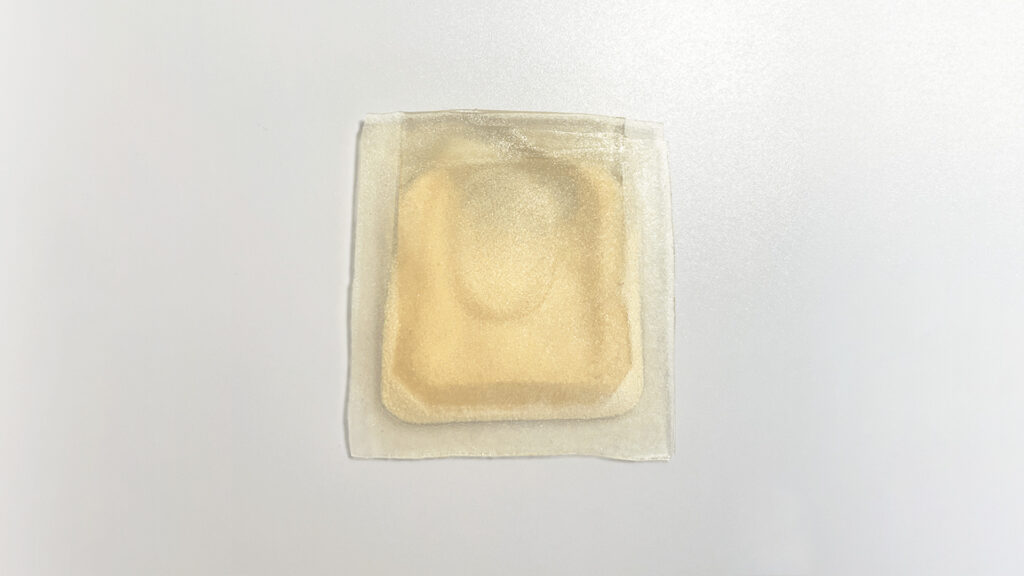D.I.Y.P
Nakyung Youn
Advisor: Simone Salvo
D.I.Y.P is an agar agar bioplastic DIY kit that could allow users to experiment with the agar agar-based bioplastic and make it more accessible by reducing the process and using less equipment.

Abstract
Since the first plastic was invented in 1869, plastic has been diversely used in our daily life and industry. As the demand for plastic has increased because of low-cost production and ease of modification, the material developed and improved to better quality. However, alongside the growth, there have been disposal issues with plastic.
According to the research, plastic has been disposed into the ocean and has become one of the serious factors of marine pollution. Marine pollution is a severe issue as it destroys the ecosystems and eventually threatens human health and life.
The agar agar powder is obtained from specific red algae. The powder is soluble and hardens when it is dried. Agar agar bio-based plastic is an interesting material because the main ingredient is harvested from the ocean but also has the potential to be returned to the ocean with less pollution as safely being disposed of and dissolved in the water.
There are many bio-plastic "cooking recipes" released to the public, however, for people who have less confidence in cooking or have terrible cooking skills, the instructions are not easy to follow. Also, it is hard to control the quality and quantity of the material when users are experimenting outside of the lab environment. There are some difficulties in controlling the humidity and temperature, also there are equipment limitations on a household level.
Through these experiences, the idea of the D.I.Y.P project started. It is an agar agar-based bio plastic-making DIY kit that could expand its application to physical computation. It is a research-based project and expects to draw the users' interests by providing a chance to easily experiment with the bioplastic. There are simple instructions; adding water, putting the pod, boiling it, and letting it dry. Users can get consistent quality-controlled material without complex processes.

Technical Details
Experimented with agar agar bio-based plastic through testing with different recipes, multiple cooking methods and attachment methods.

Research/Context
There's more research and info here; https://nkyoun.myportfolio.com/sustainable

